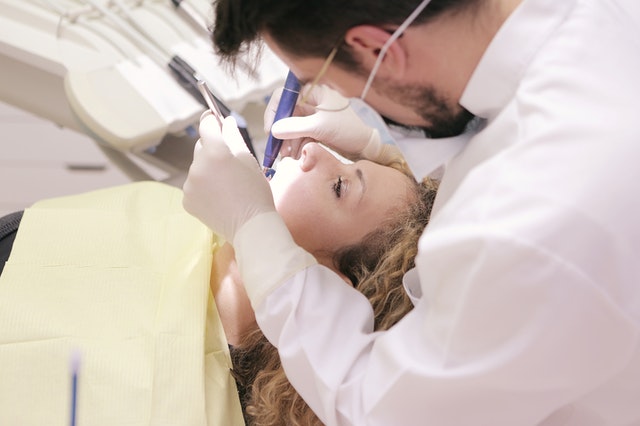Dental restorations allow you to restore the appearance and functioning of your teeth. Whether you have damaged or missing teeth, you cannot ignore how it affects your oral health and self-esteem. Besides, if teeth are damaged by an accident or decay, they are more vulnerable to infection. It can also be very difficult for you to chew and even talk. Hence, dental restoration is extremely important. It does the following.
- Helps avoid damage to the jawbone.
- Prevents infection.
- Blends in with neighbouring teeth naturally.
- Allows you to speak and eat normally.
- Provides effective and quick treatment.
- Eliminates discomfort and pain.
Dental Restoration Procedures
When it comes to dental restoration procedures, there are plenty of different procedures to choose from such as crowns, bridges, bonding, veneers, and dentures. Each procedure serves a purpose. To help you learn more about the procedures, we share all the information as below.
- Crowns
One of the most popular dental restoration procedures is crowns. It is a cap that is designed to be placed over your teeth. The crowns help protect your teeth. You can choose crowns from a variety of materials such as porcelain, nickel, gold, composite resin, and the like. Porcelain crowns are the best option as they look more natural and are extremely durable. You need crowns for the following reasons.
- To complete the root canal treatment.
- To secure and cover the teeth with a massive filling.
- To protect cracked or weak teeth.
- To cover dental implants in order to ensure that they match with the existing teeth.
- To restore broken teeth.
- To fix worn out teeth.
- Bridges
Another dental restoration procedure that you can consider is bridges. As the name suggests, bridges provide a bridge to cover a cover. If there is a gap created by missing teeth, you can opt for a bridge. It contains two dental crowns on both sides of the gap. Then, the crowns are placed on the implants or existing teeth. In addition to replacing missing teeth, bridges are required for the following reasons.
- To maintain the shape of your face.
- To complete the smile.
- To prevent remaining teeth from getting out of their position.
- To restore the ability to speak and chew properly.
- Bonding
Bonding is considered to be the least expensive and quickest restorative procedures. It can be completed within a single visit. The best thing about the procedure is that there is no need to use any anaesthesia. A similar procedure as composite resin is used for the fillings. Bonding is used for fixing discoloured, decayed, fractured, and chipped teeth. The resin gets shaped and polished during the procedure to ensure that it matches with the definition. Bonding is also used for the following reasons.
- Repairing small cracks and chips.
- Changing the shape or color of the teeth.
- Closing any unwanted gaps between the teeth.
- Adding some length to ensure that the teeth have an even length.
- Veneers
With veneers, you get to correct all your imperfections. They are integral to dental restorations. Thus, you get to achieve a beautiful smile. The best thing about veneers is that they tend to be natural in terms of appearance. You can wear them for minor adjustments. Veneers are custom-made shells that are thin and made using tooth-colored materials like porcelain. They help cover the front part of the teeth. The dentist will examine your teeth to create the perfect model that will help with the following.
- Misshaped teeth
- Stains
- Chipped teeth
- Gaps
- Dentures
Finally, dental restorations would be incomplete without dentures. They are used for the restoration of dental function. If you have several missing teeth, you can opt for dentures to ensure that you can continue to speak and eat. Dentures are made using acrylic resin and metal attachments. They are fully removable and designed to resemble natural teeth. You can either get complete or partial dentures as mentioned below.
- Complete Dentures: Complete dentures help restore the lower arch or upper arch of missing teeth. Thus, you get to speak and eat properly as well as maintain the shape of your face when you wear them.
- Partial Dentures: If you have lost one or more teeth in your upper or lower jaw, you can get partial dentures. They fill in the space left by the missing teeth and prevent the remaining teeth from getting shifted.
Conclusion
Dental restorations are just what you need to restore proper functioning of your teeth. Make sure to consult with your dentist to decide which option to opt for.
Related Posts












